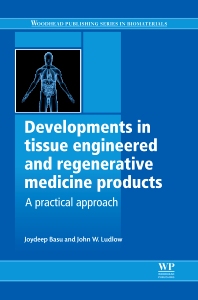Woodhead Publishing
- 1st Edition
- Qingrong Huang
- English

Nanotechnology in the Food, Beverage and Nutraceutical Industries
- 1st Edition
- Ineta Vilumsone-Nemes
- English

Industrial Cutting of Textile Materials
- 1st Edition
- Terence Gourlay + 1 more
- English

Minimized Cardiopulmonary Bypass Techniques and Technologies
- 1st Edition
- Joydeep Basu + 1 more
- English

Developments in Tissue Engineered and Regenerative Medicine Products
- 1st Edition
- Saverio Affatato
- English

Wear of Orthopaedic Implants and Artificial Joints
- 1st Edition
- Ashok D Rao
- English

Combined Cycle Systems for Near-Zero Emission Power Generation
- 1st Edition
- Seng Ghee Tan + 1 more
- English

Introduction to the Physics of Nanoelectronics
- 1st Edition
- D Baines + 1 more
- English

Natural Food Additives, Ingredients and Flavourings
- 1st Edition
- C T Kwok
- English

Laser Surface Modification of Alloys for Corrosion and Erosion Resistance
- 1st Edition
- Christoph Hartnig + 1 more
- English

Polymer Electrolyte Membrane and Direct Methanol Fuel Cell Technology